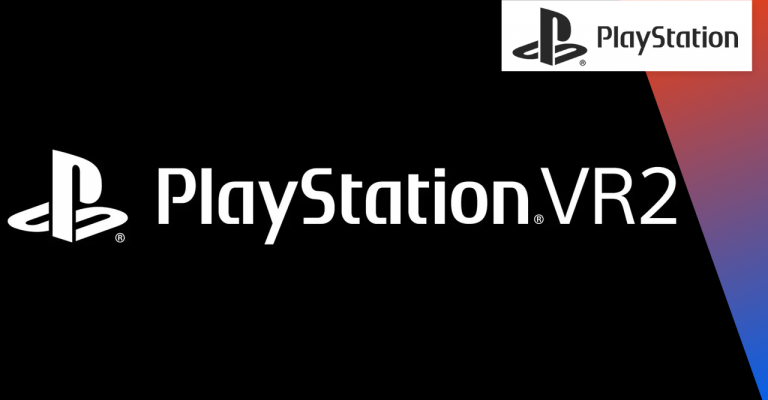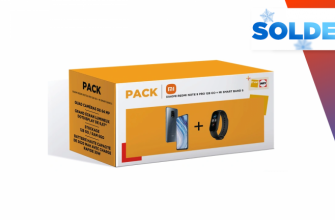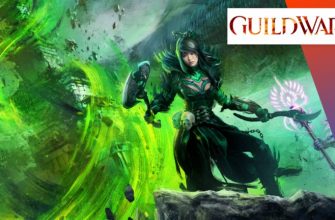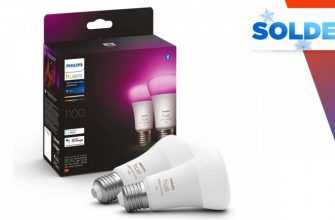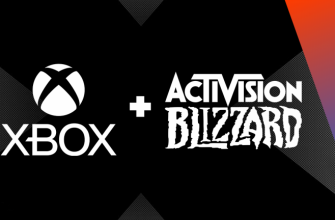It was in October 2016 that Sony chose to fully embrace virtual reality by releasing the PSVR on PS4. At the time, the market was still in its infancy and above all particularly exclusive. In terms of cost, the best performing headsets, namely the Oculus line and HTC Vive, were billed at prohibitive prices and required a powerful machine to unleash their full potential. Suffice to say that virtual reality was not really accessible to all budgets and that beyond that, most of the games released for this medium were more considered – or even thought of – as “experiences” rather than games. in its own right. The PSVR was marketed for around € 400 when it was first marketed. If it still represented a real investment, which was equivalent to the price of the PS4, the headset was still the most competitive in the sector. But naturally, this greater accessibility for tighter budgets did not come without some concessions. Indeed, difficult to compete with the panels of the Oculus Rift and HTC Vive, and even less with their dedicated controllers and their detection of the player in space. The PSVR relied on aging technologies. The detection went through the PS Camera, and the controls, when they were not adaptable to the dualshock, were taken over by the PS Move, whose precision was regularly compromised.
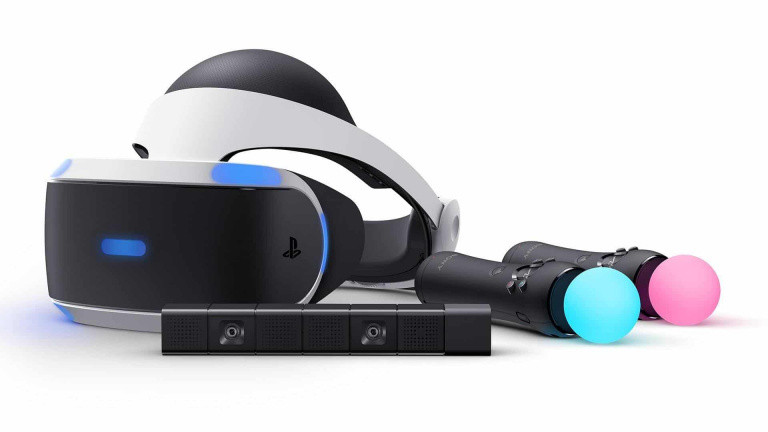
This does not mean that the PSVR was not a success, on the contrary. In addition to the few small demos supplied with the headset, the device has also hosted significant games, like the charming Moss, Astrobot or of course Resident Evil 7, the cult saga’s first foray into virtual reality. With a pleasant catalog and a relatively attractive price, the PSVR sold around 5 million units at the end of 2019 while the new generation of machines was only a few months away from its release and these are all sales. actually satisfactory. If certainly, we bring the number of PSVR to the entire fleet of PS4 in the world, this represents only a small percentage, but all the same, sales were solid, enough in any case that Sony did not have the he intends to leave this market aside with his PS5, as he confirmed at CES 2024.
The very first information concerning the PSVR 2 was therefore announced during the show dedicated to tech, quickly followed by a post the Playstation Blog, who provided more details regarding the technical characteristics embedded in the device. And naturally, the specificities of the headset are more in line with what is expected of modern VR equipment.. The PS5 will have the shoulders strong enough to support this technology and should allow it to be familiar with what can be found on the PC. OLED display, resolution of 2000×2040 per eye, refreshment between 90 and 120 HZ, on-board cameras on the helmet, and eye tracking (detection of eye movement) and vibration on the helmet will therefore be the big improvements made by the PSVR 2, which will greatly boost the technical capabilities of the original helmet. We will note that eye tracking is a technology that is currently not widely used in the world of virtual reality. We do not yet know exactly how this feature will be exploited in-game, but from a development point of view, it also makes it possible to optimize the image calculation and therefore to save resources, by making the places where the eye of the player rests more clearly, in order to save resources on the zones perceived in the distance or only partially.
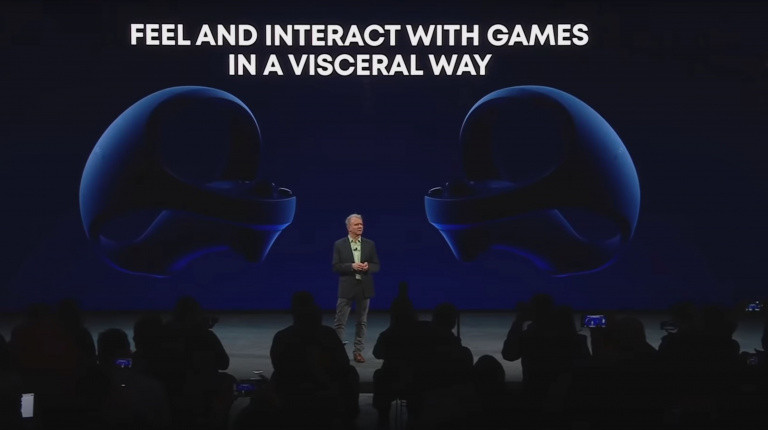
Fortunately, the PlayStation Move will take a well-deserved rest and fade away in favor of the “Sense Controllers” which are obviously very largely inspired by the Oculus Touch. 6-axis motion detection, haptic feedback and finger detection on the buttons will therefore be embedded in these new controllers which will also be rechargeable via battery and not by batteries.
No external camera, new controllers, high resolution, vibrations to the headphones or even eye tracking testify to the good understanding of the market by Sony, which was more often than in turn criticized for the bulkiness of the first PSVR, which quickly aged due to the rather dazzling developments of the Oculus range. The latter has now become much more democratized, posting a price of around € 400 and even offers a stand-alone model which can also be boosted by the purchase of a simple cable connected to your PC.. It is therefore difficult to imagine Sony not aligning itself with this main competitor in this sector and therefore offering us a headset reducing the connections to a minimum, in order to make the experience as pleasant as possible. Say goodbye to the box, multiple wires and headphones, a simple USB C port will allow you to connect the headphones to your machine for minimal bulk. But technology is not everything, it is also necessary to bait the barge with a strong appeal product.
What better way to make people want to buy a product than to develop a game exclusive to it and especially from one of the most popular franchises of the previous generation? Indeed, a stone’s throw from the release of Horizon: Forbidden West, the saga will also make its grand entry into the world of virtual reality with Horizon: Call of the Mountain. Very few details have been released regarding the game. Just do we know that the story will be lived through the eyes of a brand new character who will however meet Aloy as well as other iconic Horizon characters. Of course, the immense creatures of the game world lend themselves well to 360-degree immersion and were also highlighted in the brief teaser unveiled yesterday.
Horizon: Call of the Mountain trailer
If Forbidden West is a success, there is no doubt that many Aloy fans could be tempted by the acquisition of a helmet that would allow them to extend the experience with a new vision. We know that exclusivity can sell and Half-Life Alyx, for example, created a wave of PC VR headset purchases when it was announced, to the point that many out-of-stocks have been reported from different manufacturers. . But this will require adopting costs that are not totally prohibitive and also psychologically acceptable for the consumer.
As we saw above, the PSVR2 should be a small concentrate of technology and this has a cost that will have to be amortized. As mentioned Techradar, several hardware analysts would have declared that the Chinese company Goertek, would be in charge of the PSVR2 and that it would be on the point of launching the large-scale production, which would suggest an exit of the device in the future more or less close. But at what cost ? Still difficult to know. If the on-board technology remains quite expensive, Sony will not be able to afford to charge its device up to the inaccessible Valve Index or HTC Vive. Selling the PSVR2 at a price higher than that of the console capable of accommodating it (400 or 500 €) also seems to be a choice to be excluded. Psychologically, it would be good to offer the device for less than 400 €, but perhaps Sony will choose to adopt its previous strategy, namely to align the price with that of its console. But, while it was simpler for the first PSVR in that it recycled existing technologies namely the PS Move and the PS Camera, the second iteration of the headset started from scratch can be considered a machine in its own right. And whatever the price, the PSVR2 will inevitably face the main difficulty of VR: that of convincing to get started.
It’s a bit of the eternal catchphrase when we talk about virtual reality: this way of playing is “scary”. The increasingly rare returns of motion sickness, a feeling of nausea created by inner ear problems when using VR, to put it simply, did not particularly appeal to the public, which logically did not. don’t want to invest hundreds of dollars in technology that will make him sick. In addition, there is always the question of space, because it is indeed not uncommon to come up against furniture in narrow spaces and also isolation. Virtual reality is a great immersion tool, but we must recognize that not much exists around when we put on a helmet and we are taken in the adventure and this point is also a prohibitive element for many people.
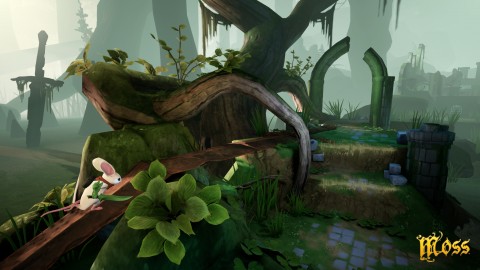
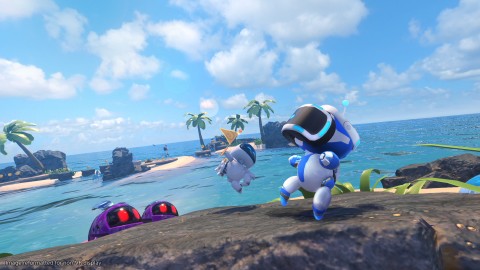
Virtual reality is essentially hampered by its poor accessibility. It is a technology that more than ever is tried before buying itself. Indeed, many will be reluctant to invest in an expensive headset, which does not necessarily have a thick catalog of games and which they do not know if the practice will please them or not, or even if it is possible in the configuration. of their accommodation. Sure, the PSVR 2 should finally get rid of clutter and a tedious installation made of multiple cables, but the problems inherent in VR that we just mentioned will not go away anytime soon. Does this mean that only the initiated will take the plunge? Not so sure, since VR has evolved and offers still immersive and better constructed experiences. However, it’s hard to say that the PSVR 2 will create the VR explosion as one might have believed a few years ago.
The PSVR 2 should move away from the perception we had of its big brother, namely a less expensive and less efficient alternative than PC headsets. Sony naturally studied the sector well, and was inspired by the market leaders to offer a current headset while providing some rare or new features such as eye-tracking or vibrations in the headset. While it will be necessary to wait to know how these features will be integrated into the games and how the catalog of the device will expand, Sony will soon really enter the race for virtual reality and intends to make a name for itself in this game. an area which seems destined to remain in its niche for a little while.

